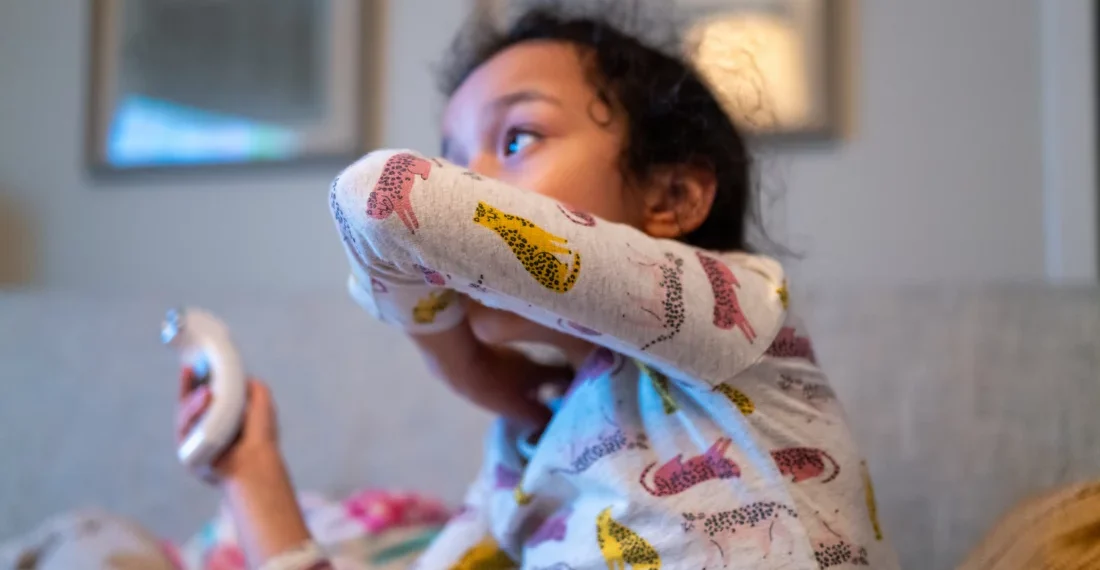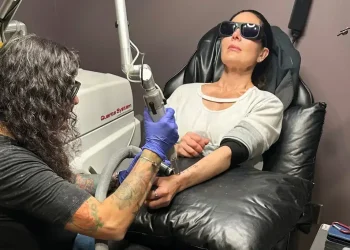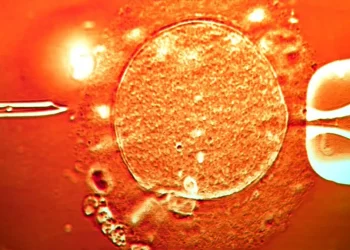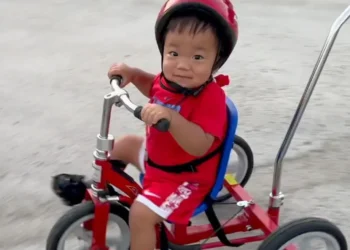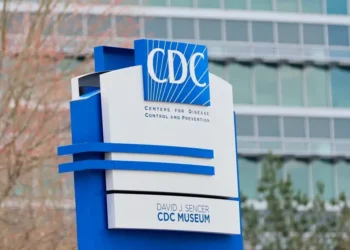It all began with a persistent cough. “We just kind of watched it progress until she had this very lingering, deep, disruptive cough,” recalls Sharma.
This cough was a sign that her daughter might have mycoplasma pneumonia, an infection caused by the bacteria Mycoplasma pneumoniae. According to the CDC, cases began rising in the U.S. during the spring and summer, and this trend has continued into fall. In Dallas, Sharma noticed a significant increase in cases after children returned to school.
“Kids are spreading it to one another in schools, and they are likely bringing it home to their families,” Sharma explains.
Mycoplasma pneumonia often presents with upper respiratory symptoms, but some children may also experience red eyes or rashes, along with headaches.
Caleb Ward, a pediatric emergency medicine doctor at Children’s National Hospital in Washington, D.C., reports a tenfold increase in mycoplasma pneumonia cases this year. The good news is that many cases are mild, which is why it’s often referred to as “walking pneumonia.”
“People may assume they just have a mild cold, but they might actually have mycoplasma pneumonia,” Ward says.
New York City has also experienced a surge in cases. Dr. Adam Ratner, who heads the pediatric infectious diseases division at NYU and Hassenfeld Children’s Hospital, notes that while the infection typically affects children and teens aged 5 to 17, there has been a noticeable rise in cases among younger children aged 2 to 4 during this current spike.
“That’s consistent with what we are seeing nationwide,” Ratner says, and he is also a member of the American Academy of Pediatrics’ Committee on Infectious Diseases.
Most children can be treated at home. Parents should ensure their kids stay hydrated, give age-appropriate fever medication as needed, and encourage plenty of rest. For children over one year old, honey can help soothe a cough.
Parents should contact a doctor if they notice their child has difficulty breathing, isn’t drinking enough fluids, seems excessively sleepy, or has a fever lasting more than five days.
Mycoplasma pneumonia is easily treated with antibiotics, but it’s important to use the correct one. Amoxicillin, commonly prescribed for other types of pneumonia, is ineffective against mycoplasma pneumonia; instead, a macrolide antibiotic like azithromycin is necessary.
Sharma advises that kids can return to school once they have been fever-free for at least 24 hours without using fever reducers, provided they feel well enough.
However, it’s important to note that symptoms such as cough and runny nose can persist for weeks, and children may continue to spread the bacteria during this time. This is one reason why outbreaks of mycoplasma pneumonia tend to last a long time.
Now is a good time to remind children—and ourselves—to wash our hands frequently and cover our coughs and sneezes, as the winter respiratory virus season is just beginning.
This article was rewritten by JournosNews.com based on verified reporting from trusted sources. The content has been independently reviewed, fact-checked, and edited for accuracy, neutrality, tone, and global readability in accordance with Google News and AdSense standards.
All opinions, quotes, or statements from contributors, experts, or sourced organizations do not necessarily reflect the views of JournosNews.com. JournosNews.com maintains full editorial independence from any external funders, sponsors, or organizations.
Stay informed with JournosNews.com — your trusted source for verified global reporting and in-depth analysis. Follow us on Google News, BlueSky, and X for real-time updates.
